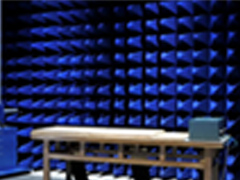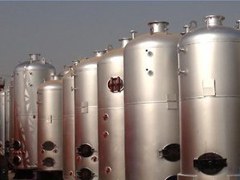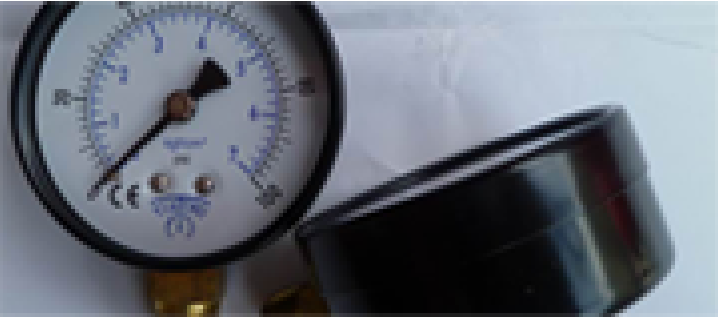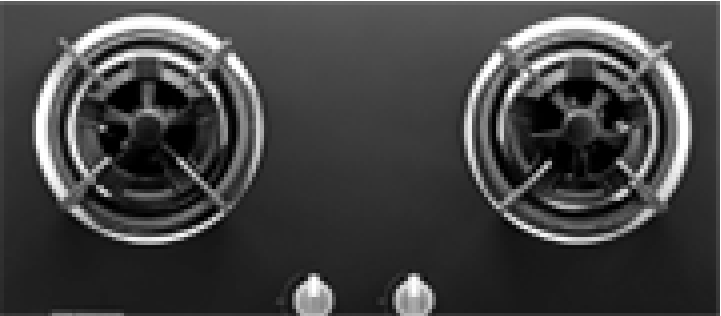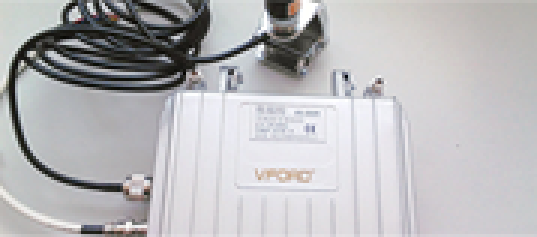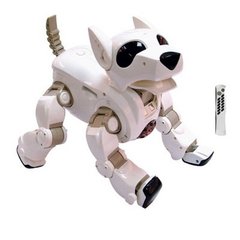In order to ensure the safety of products, different regions have developed safety standards in order to implement strict testing and production process control at different stages of product production, of which the European standard is a relatively wide range of applications. Any product that goes to Europe is inevitably subjected to rigorous testing according to the EN71 standard, and toys are no exception. One of the most commonly used is Torque& Recogniton, DropTest ImpactTest compressionTest.
If a toy product is legally sold in the EU, it must comply with the requirements of the Toys Directive 2009/48/EC and mark the CE mark. According to the different categories of toy products, the division of age groups;
1. From birth to 18 months
2. From 19 months to 36 months
3. From birth to 36 months
6. From 37 months to 72 months
7. From 37 months to 96 months
8. From 96 months to 168 months
- EN71Part1PhysicalandMechanicaltest mechanical and physical performance test < / div >
Including drop test, small parts test, sharp edge test, tension test, pressure test, seam test, component test, ear nose and eye tension, torsion test, etc.
1. Torque — Tensile test (orque& tension)
Instruments required for torque test: stopwatch, torque meter, torque pliers (2 kinds, depending on the template to choose the appropriate tool)
Apply clockwise torque to the component within 5 seconds, twist to 180 degrees or 0.34N-m, hold for 10 seconds
Then return the widget to a relaxed state
Repeat the above process counterclockwise
Less than or equal to 6mm, then apply 50N+2N force
If the maximum protruding size of the part is greater than 6mm, a force of 90N+2N is applied.
5 seconds on the weight, hold for 10 seconds
2. DropTest (DropTest)
Equipment: EN floor
Test procedure: Drop the toy 5 times from 85cm+5cm height to the EN floor in the strictest direction.
3. Impact Test (mpactTest)
Instrument: diameter 80mm+2mm, weight 1kg.+0.02kg. Steel weights
Test steps: Place the toy in the most vulnerable position on a horizontal steel plane, and use a weight to free fall from 100mm+2mm height to smash the toy once.
The drive mechanism that becomes accessible cannot be injurious.
4. Pressure test (CompressionTest)
Test steps:
Place the toy on a horizontal rigid plane with the part of the toy being tested above it.
Apply 110N+5N pressure to the measured area through a rigid metal indenter with a diameter of 30mm+1.5mm, and weigh it for 5 seconds and hold it for 10 seconds.
- EN71Part2Flammalilitytest flammability test < / div >
Includes combustion testing of combustible materials: hair, clothing, etc.
-- EN71Part3Chemicaltest Chemicaltest, that is, test whether the content of 8 toxicelements (8kindsoftoxicelements) meets the standard requirements, including:
-- EN71Part4usermanual
EMC Directive (2004/108/EC)
For electric toys, including battery-powered toys and toys with AC/DC conversion power. In addition to EN71 testing for toys, the relevant electromagnetic compatibility standards must be met, including:
EMI (Electromagnetic radiation) : EN55022, EN55014-1, EN61000-3-2/3
EMS (Electromagnetic immunity) : EN55014-2, EN50082-1
Safety test of electric toys EN50088
The standard includes all electric toys, and also applies to electrical structural sets, electrical functional toys, Or electrical experimental devices (ExperimentalSets), but transformers and chargers used with toys cannot be used as toys, and the corresponding electrical safety standards must be used.
The main test contents of EN50088 include: sign and description, input power, temperature rise and abnormal operation, electrical strength, mechanical strength, structure, wires, screws and components, creepage distance and electrical clearance, fire and heat resistance. Toxic and similar hazards.
Wireless communication Terminal Directive testing R&TTE Directive 1999/5/EC.
If the wireless remote control toys, such as remote control toy cars, ships, aircraft, toys walkie-talkie, etc (27 MHZ / 40 MHZ / 49 MHZ / 433 MHZ, 863 MHZ / 2.4 GHz), < / div >
Also required are: RADIO (RF) +EMC+LVD tests.


